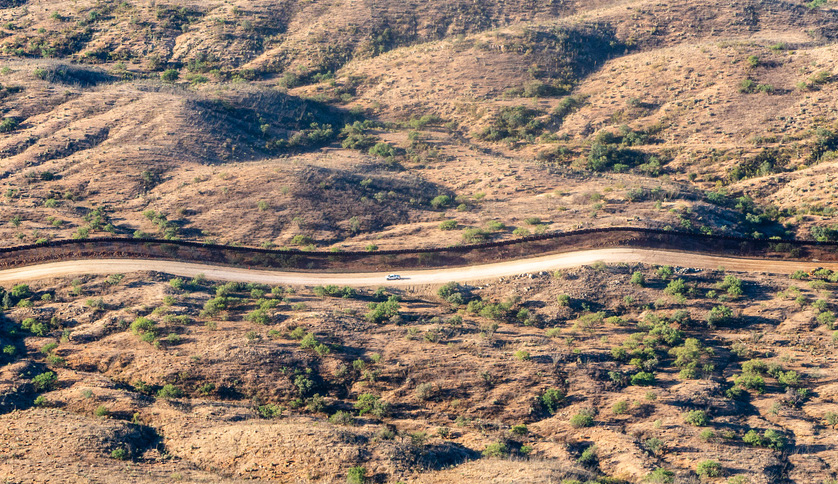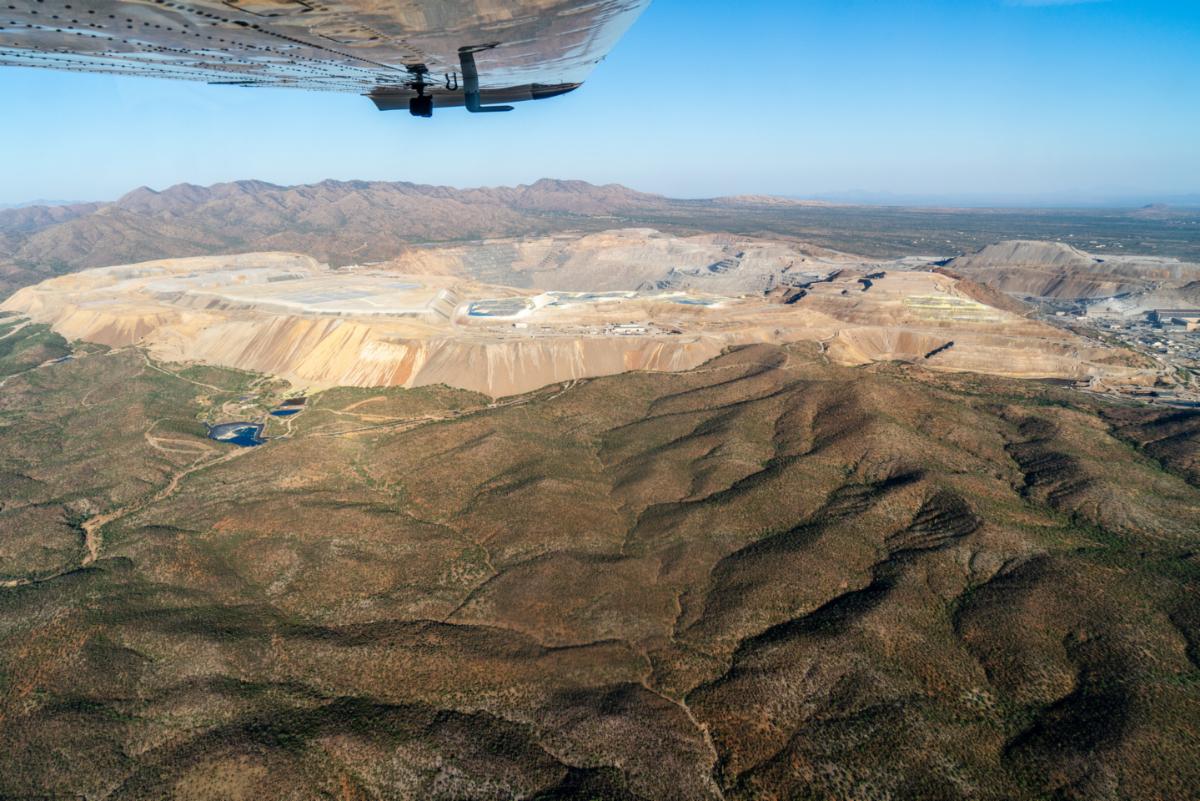
Captain’s Log Starship 1XE, Day 8 in the month February, Earth Calendar year 2024.

Jaguars in Arizona? We told you so! After years of searching for the elusive jaguar and working to protect its habitat connectivity between northern Mexico and southern Arizona, we now have proof that jaguars indeed travel to southeastern Arizona’s remote and rugged Santa Ritas, Chiricahua, and Huachuca island mountain ranges. The jaguar was placed back on the endangered species list in 1997 after being previously delisted in 1980 in blatant disregard of the Endangered Species Act. The US Fish and Wildlife Service has designated about 750,000 acres of critical protected habitat for jaguars along the border in southern Arizona and New Mexico.
On a recent flight out of Tucson, Arizona, loaded up with scientists, mining experts, and the press, we flew southeast looking at the Rosemont Mine in the Santa Rita Mountains and massive Copper World Mining Complex proposal (which would include four open pits and three tailings dumps on 4,500 acres of private land in the project’s first phase alone!), then continuing south to the Patagonia Mountains, threatened by the Hermosa Mine. Seeing this desert from above juxtaposes critical wildlife habitat with the huge copper mines, including Rosemont, and other massive mining complexes farther north like the San Manuel Mine, Gunnison Copper Project, and Johnson Camp copper mine. One side of the mountain looks like an industrial site while the other is verdant forest. The concerns are the mines’ impact on the environment and creating a barrier to wildlife corridors between Mexico and Arizona.

On that same flight, we ventured south to the US-Mexico border, where we surveyed and took images of ongoing and increasing road construction at the infamous border wall. The wall obviously creates another great impediment for wildlife.
These flights skirt all kinds of restricted airspace and of course, there are the concerns of the border. While flying low and slow keeps you ‘under the radar’ in most instances, the border is a different story. Constant communication is necessary and clearances sometimes need to be obtained so you don’t get shot down. Despite what you might read in the news, Homeland Security takes the border very seriously, at least on the airspace side of things.

Mining issues have always been a focus for EcoFlight because, quite frankly, the aerial perspective is one of the only ways to see what is actually going on in the mines in Tucson and countless others across the West, hiding in plain sight. Behind a chain link fence, with no access to the public, lie deep mines that span for miles and often infringe on spectacular and fragile Wilderness. The mind-blowing scale and depth of these operations is astonishing to our passengers, especially as we fly deep down into open-pit mines, some of which are almost a mile deep. From above, environmental degradation becomes clear when you see issues like a holding pond leaking, fragile earthen walls holding back tons of toxic waste, or so much dust pollution that it is impossible to see down into the pit itself.

In an age of more environmental awareness, the Mining Law of 1872 still remains king, and despite years and years of advocacy, it has been relatively unaltered – a century and a half of allowing irresponsible, but still legal, mining. A law that trumps all other land uses and in this case endangers the endangered jaguars. It is a worthy challenge for conservation aviation to reveal some of the most dramatic effects of irresponsible mining and advocate for clean-up and change.
As I say with almost all resource extractive industries like mining and oil and gas, we’re not against these activities, but they can and must be done responsibly and in many places they should not be done at all.
Best,
Bruce Gordon